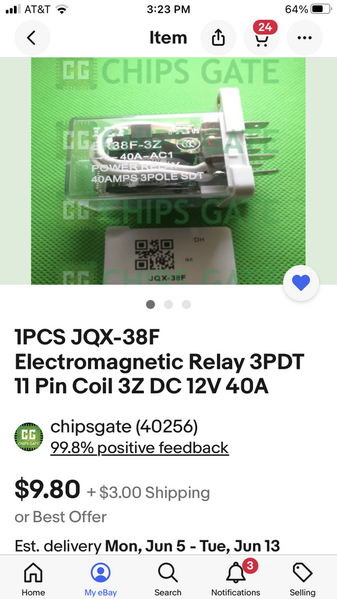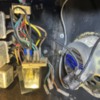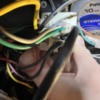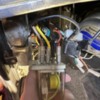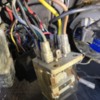Don’t worry about the internal jumper. The two black wires that are currently on one connector can be separated, and used to supply both of the terminals that were connected by the internal jumper.
as for the relay, earlier this year I stumbled across an amazingly cheap and readily available substitute. Multiple sellers on eBay and Amazon. Just about every seller will be shipping from China. Be sure what you order is the 12volt version. They do not have the internal jumper. But you now know how to work around that issue.
as Forest has been sharing, it looks like your relay has received some misguided love and attention in the past. Not quite sure how it ever worked with the red/black wire not connected.🤷♂️🤷♂️
Keep us in the loop as you move forward.
Larry
Larry.


